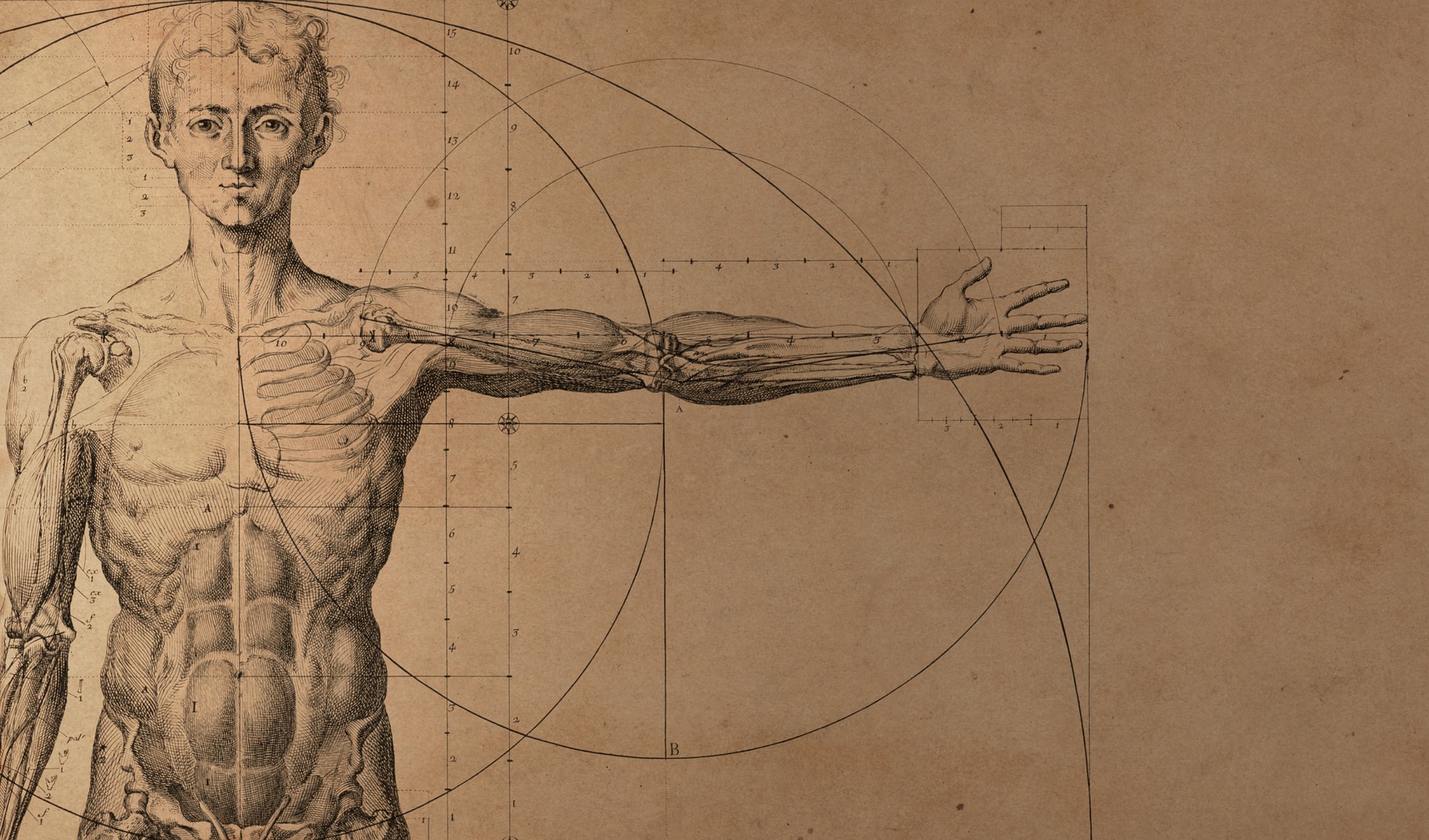
Body building is a popular sport that focuses on building and strengthening muscles through regular exercise, strength training, and a proper diet. It is a physical activity that requires a significant amount of knowledge and understanding about muscle anatomy and function. In this article, we will delve into the science behind bodybuilding, specifically the anatomy and function of muscles.
Muscles are considered to be the powerhouse of the body. They provide the necessary strength and movement for the body to function properly. There are three types of muscles in the human body: skeletal, smooth, and cardiac. In bodybuilding, we focus mainly on skeletal muscles as they are responsible for voluntary movements such as lifting weights, running, walking, and other forms of physical activities.
Skeletal muscles are composed of muscle fibers, nerves, blood vessels, and connective tissue. Muscle fibers are long, tubular cells that contain protein filaments called myofilaments. These filaments are responsible for muscle contractions, which enable our bodies to move. Nerves supply the muscles with electrical impulses that initiate muscle contractions. Blood vessels provide essential nutrients and oxygen to the muscles, while connective tissue acts as a supportive framework for the muscle fibers.
As we age, our muscles naturally lose mass and strength. This process is known as sarcopenia, and it can have a significant impact on one’s functional ability. Bodybuilding can help counteract the effects of sarcopenia by increasing muscle mass and strength through regular strength training exercises. Strength training exercises such as weight lifting, push-ups, and squats apply stress on the muscles, causing them to adapt and become stronger.
The human body’s ability to build muscle is determined by a variety of factors such as genetics, diet, and exercise. Muscle hypertrophy is the process through which muscles increase in mass and size. This process is triggered by undergoing high-intensity resistance training, which damages the muscle fibers. The body responds to this damage by initiating a repair process that results in the creation of new muscle fibers and an increase in muscle mass.
In conclusion, bodybuilding is a science that requires a deep understanding of muscle anatomy and function. By understanding the basics of how our muscles work and respond to exercise, we can optimize our bodybuilding routine to achieve better results. Consistent strength training exercises, adequate nutrition, and proper recovery will help build and maintain muscle mass, strength, and overall physical fitness.
Read More Fitness Blogs on RawSwag Fitness.
Buy The Best Fitness Products With Great Offers.
[ad_2]